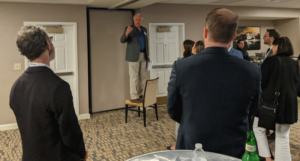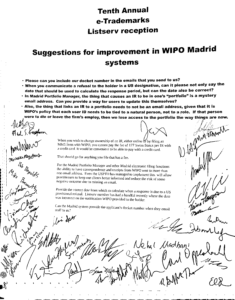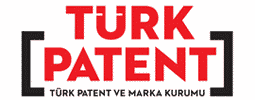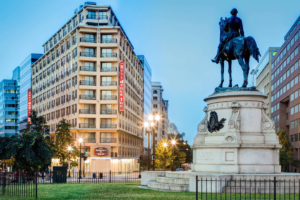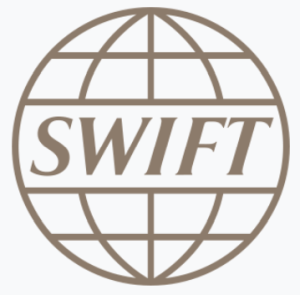In a previous blog article, I described that the Trademark Office has tried to flush down the memory hole all traces of the 6001 US trademark registration numbers that it communicated to its customers on May 10, 2022. And indeed right now, the registration numbers themselves, and the registration date, have gotten scrubbed out from where they were previously stored in TSDR and in TESS.
But the Trademark Office slipped up. As of today, the XML data that it provides for those 6001 trademark applications continues to report a “status code” of 700, which means “registered”, and a “status text” of “REGISTERED”, which of course means registered.
To do a thorough job of scrubbing away evidence of its big mistake of May 10, the Trademark Office would also need to restore the “status code” to whatever it was before May 10.
I have loaded the 6001 cases into my IP Badger. If and when the USPTO manages to scrub the “status code 700” information, I will see it.


